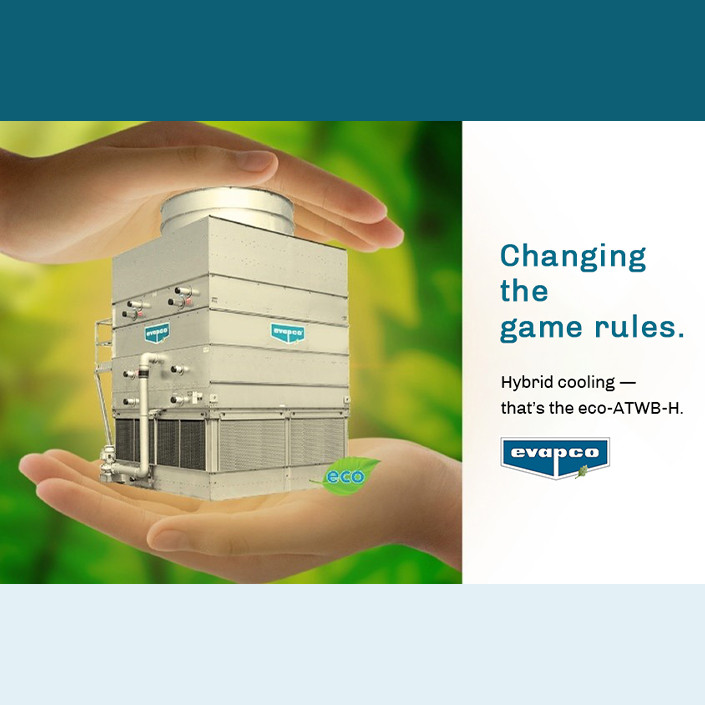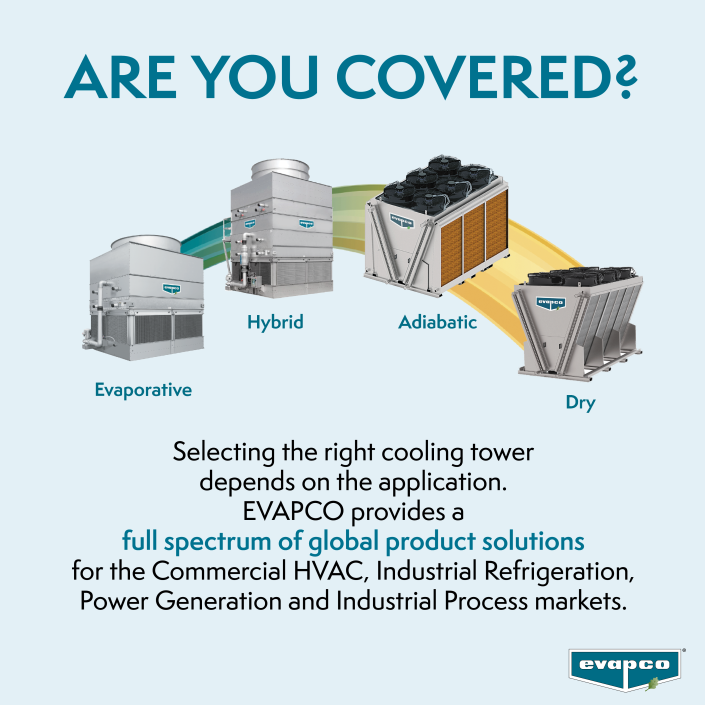
August 2024
August 21, 2024
As you know, energy and water consumption have become hot topics in recent years, and it is crucial to find ways to save both resources. The most effective way to reduce energy consumption is to adopt evaporative cooling, and for reducing water consumption, dry cooling systems can be used. But how can we provide the highly efficient water-cooled system while still delivering high water and energy savings? That's where the eco-ATWB-H unit comes in! This unit provides an innovative solution to the growing concerns about energ y and water consumption. The eco-Hybrid closed-circuit cooler combines
August 15, 2024
When determining the type of heat-rejection equipment that should be used on a given project, the specific needs of the facility should dictate whether a Cooling Tower or Dry Cooling solution is suitable. Given the growing sensitivity to water conservation, and the ever-increasing cost to maintain mechanical systems, closed loop technology is seeing widelimplementation.

